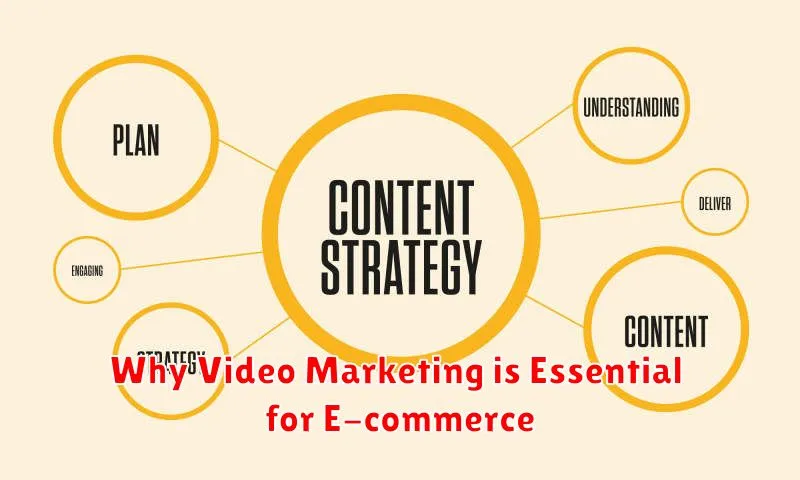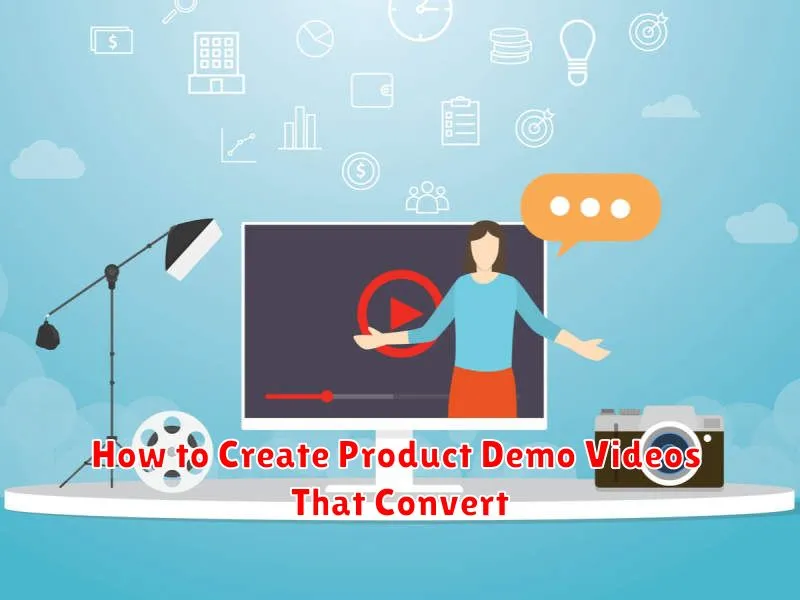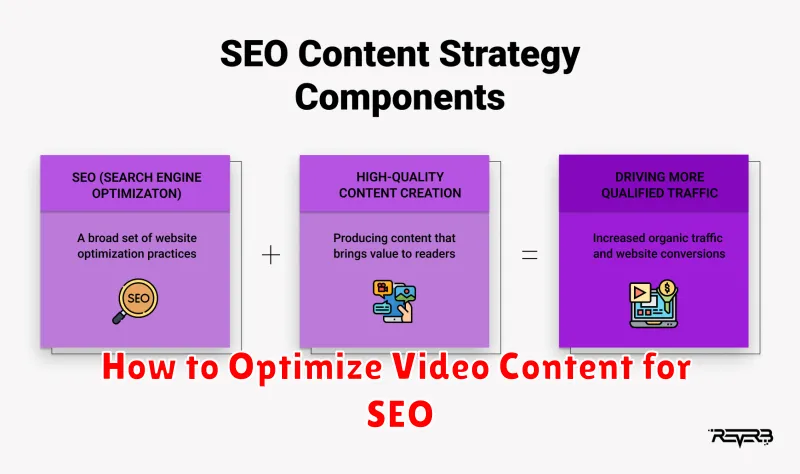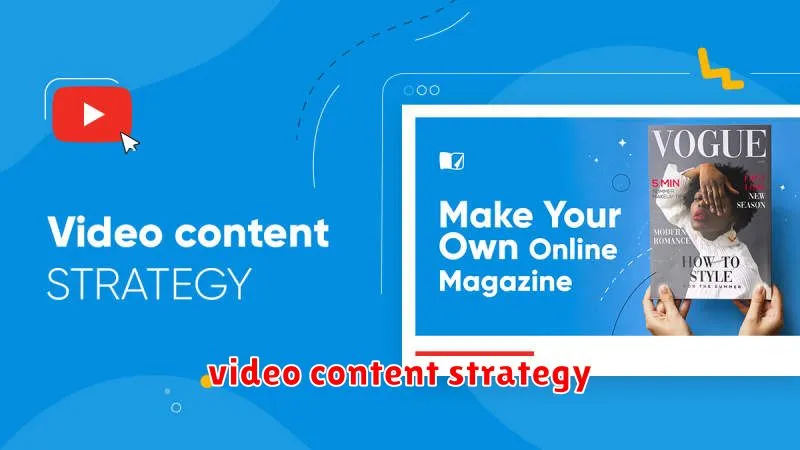Are you ready to unlock the massive potential of video marketing for your e-commerce business? In today’s digital landscape, compelling video content is no longer optional; it’s essential for driving sales and boosting brand awareness. This comprehensive guide will equip you with the knowledge and strategies to leverage the power of video to significantly increase your e-commerce sales, transforming your marketing efforts and achieving remarkable growth. Learn how to create engaging videos that resonate with your target audience, leading to higher conversion rates and a stronger online presence. Discover effective video marketing techniques, from crafting compelling scripts to choosing the right platform for optimal reach and engagement. Prepare to transform your e-commerce strategy and experience the dramatic impact of video marketing on your bottom line.
Why Video Marketing is Essential for E-commerce

In today’s digital landscape, video marketing is no longer a luxury but a necessity for e-commerce businesses. It offers a powerful way to connect with potential customers on a deeper level than other forms of content.
Increased engagement is a key benefit. Videos are inherently more captivating than static images or text, leading to higher viewer retention and a greater likelihood of interaction.
Improved brand storytelling is another crucial advantage. Videos allow businesses to showcase their brand personality, values, and unique selling propositions in a more engaging and memorable way.
Enhanced product demonstrations are readily achieved with video. Customers can see products in action, understand their features and benefits more clearly, and ultimately make more informed purchasing decisions.
Improved search engine optimization (SEO) is also a significant benefit. Videos attract viewers to websites and online stores, contributing to higher search rankings and increased organic traffic.
Finally, video marketing provides cost-effective customer service. Frequently asked questions can be addressed through explainer videos, reducing the burden on customer service representatives and improving overall efficiency.
Types of Videos That Drive Sales
Several video types effectively drive e-commerce sales. Product demos showcase features and benefits, answering customer questions and reducing purchase hesitation. These videos are particularly effective when highlighting unique selling propositions (USPs).
Customer testimonials build trust and social proof. Authentic reviews from satisfied customers significantly impact purchasing decisions, especially for hesitant buyers. Featuring diverse customer demographics further strengthens credibility.
Behind-the-scenes videos humanize your brand and foster a connection with your audience. Showing the process, people, and culture behind your products generates relatability and brand loyalty, often leading to increased sales.
Explainer videos concisely communicate complex information about your products or services. They’re valuable in simplifying technical details or explaining difficult concepts, guiding customers toward informed purchases.
How-to videos provide practical solutions, often showcasing your product’s use. These videos are particularly effective for demonstrating utility and value, leading to direct sales conversions.
Limited-time offer videos create a sense of urgency, prompting immediate purchases. Highlighting discounts, special deals, or deadlines encourages impulse buying, maximizing sales during specific periods.
How to Create Product Demo Videos That Convert

Creating effective product demo videos requires a strategic approach. Focus on showcasing key features and benefits, not just the product itself. Highlight how your product solves a customer problem and improves their life. Keep it concise; aim for under 60 seconds for optimal engagement.
High-quality video and audio are crucial. Use good lighting and a clear background. Ensure the audio is crisp and easily understandable. A professional-looking video builds trust and credibility.
Structure your video with a clear beginning, middle, and end. Start with a compelling hook to grab attention. In the middle, demonstrate the product’s functionality and benefits. Conclude with a strong call to action, encouraging viewers to visit your website or make a purchase.
Use a compelling narrative. Don’t just show the product; tell a story about how it solves a problem for your target audience. Emphasize the emotional connection your product offers.
Finally, optimize your video for search engines. Use relevant keywords in the title, description, and tags to improve discoverability. Consider A/B testing different versions of your video to see what resonates best with your audience.
Using Live Video to Engage Customers
Live video offers a powerful way to engage customers and boost e-commerce sales. The immediacy and interactive nature of live streams create a sense of urgency and foster a stronger connection with your audience than pre-recorded videos.
Benefits include increased brand awareness, improved customer relationships, and the ability to showcase products in real-time. You can answer questions directly, address concerns immediately, and build trust through authentic interaction. Live Q&A sessions are particularly effective for demonstrating product features and benefits.
Effective strategies include promoting your live stream across multiple platforms, utilizing interactive features like polls and Q&As, and offering exclusive deals or giveaways during the broadcast to incentivize participation. Remember to choose a platform suitable for your target audience and ensure good audio and video quality for a professional presentation.
Planning is crucial. Outline your content beforehand to ensure a smooth and engaging experience. Consider partnering with influencers or other businesses to expand your reach and tap into new customer bases. Analyze your results to continuously optimize your future live video strategies.
Best Platforms for Video Marketing in E-commerce
Choosing the right platform is crucial for effective video marketing. YouTube remains a dominant force, offering vast reach and established audience engagement tools. Its integration with other Google services boosts SEO benefits.
Instagram and TikTok are ideal for shorter, visually captivating videos that leverage trending sounds and challenges, fostering strong community interaction and virality, particularly among younger demographics. Facebook, with its extensive user base and targeted advertising options, provides a broad reach and allows for detailed campaign tracking.
For a more direct sales approach, consider platforms like your own website or ecommerce store. Embedding videos directly into product pages can significantly improve conversion rates. Pinterest also offers a unique visual search engine, allowing your videos to be discoverable by users actively seeking product information.
Ultimately, the best platform depends on your target audience, video style, and marketing goals. A multi-platform approach often yields the best results, leveraging the strengths of each platform to maximize reach and engagement.
How to Optimize Video Content for SEO

Optimizing your video content for SEO is crucial for boosting e-commerce sales. Begin by conducting thorough keyword research to identify relevant terms your target audience uses when searching for products like yours. Incorporate these keywords naturally into your video title, description, and tags.
Create a compelling and informative video title that accurately reflects your content and includes your primary keywords. Write a detailed video description containing keywords, a brief summary, and a call to action (CTA). Use relevant tags to categorize your video and help viewers find it.
Video transcripts are essential for accessibility and SEO. Upload a transcript of your video’s audio content to improve searchability. Consider also creating closed captions for improved viewer engagement and accessibility.
Promote your videos across various platforms, including your website and social media channels. Encourage engagement by responding to comments and interacting with your audience. Regularly upload high-quality videos to maintain a consistent presence and show search engines that your content is fresh and relevant.
Finally, monitor your video’s performance using analytics tools. Track metrics such as views, watch time, and audience engagement to identify what’s working and what needs improvement. Use this data to refine your SEO strategy over time.
Using Video Testimonials to Build Trust
Video testimonials are a powerful tool for building trust and credibility with potential customers. Unlike written reviews, videos allow viewers to connect with the reviewer on a more personal level, seeing their genuine expressions and hearing their authentic voices. This creates a stronger emotional impact, making the testimonial more believable and persuasive.
When choosing testimonials, select those that highlight key benefits of your product or service. Focus on reviews that address common customer concerns or objections. Short, concise videos are generally more effective than long, rambling ones. Aim for testimonials that are under 60 seconds in length to maintain viewer engagement.
Authenticity is key. Avoid testimonials that sound scripted or overly promotional. Encourage genuine feedback and ensure reviewers are comfortable speaking naturally. Diversity in your testimonials, showcasing customers from various backgrounds and experiences, further enhances credibility and relatability.
Strategically place your video testimonials on your website, particularly on product pages and landing pages. Consider including them in your email marketing campaigns and social media posts. Highlighting your video testimonials effectively can significantly increase conversion rates and boost overall sales.
Measuring Video Marketing ROI and Performance
Measuring the return on investment (ROI) of your video marketing efforts is crucial for understanding its effectiveness and justifying further investment. Key performance indicators (KPIs) to track include:
Website traffic: Monitor increases in website visits originating from video platforms like YouTube or social media. Analyze which videos drive the most traffic and consider UTM parameters for precise tracking.
Conversion rates: Track how many viewers complete desired actions, such as making a purchase, signing up for a newsletter, or requesting a quote. This helps quantify the effectiveness of your video in driving sales or leads.
Engagement metrics: Pay close attention to view duration, watch time, likes, shares, and comments. High engagement suggests your video resonates with your target audience and encourages further exploration.
Brand awareness: While harder to quantify directly, increased brand mentions, social media shares, and website traffic from organic searches can indicate improved brand visibility resulting from your video marketing.
Cost per acquisition (CPA): Calculate the cost of producing and promoting your videos relative to the number of customers acquired. This helps determine the efficiency of your video marketing strategy.
By consistently monitoring these KPIs, you can gain valuable insights into your video marketing performance, optimize your strategies, and demonstrate the value of video to your e-commerce business.

